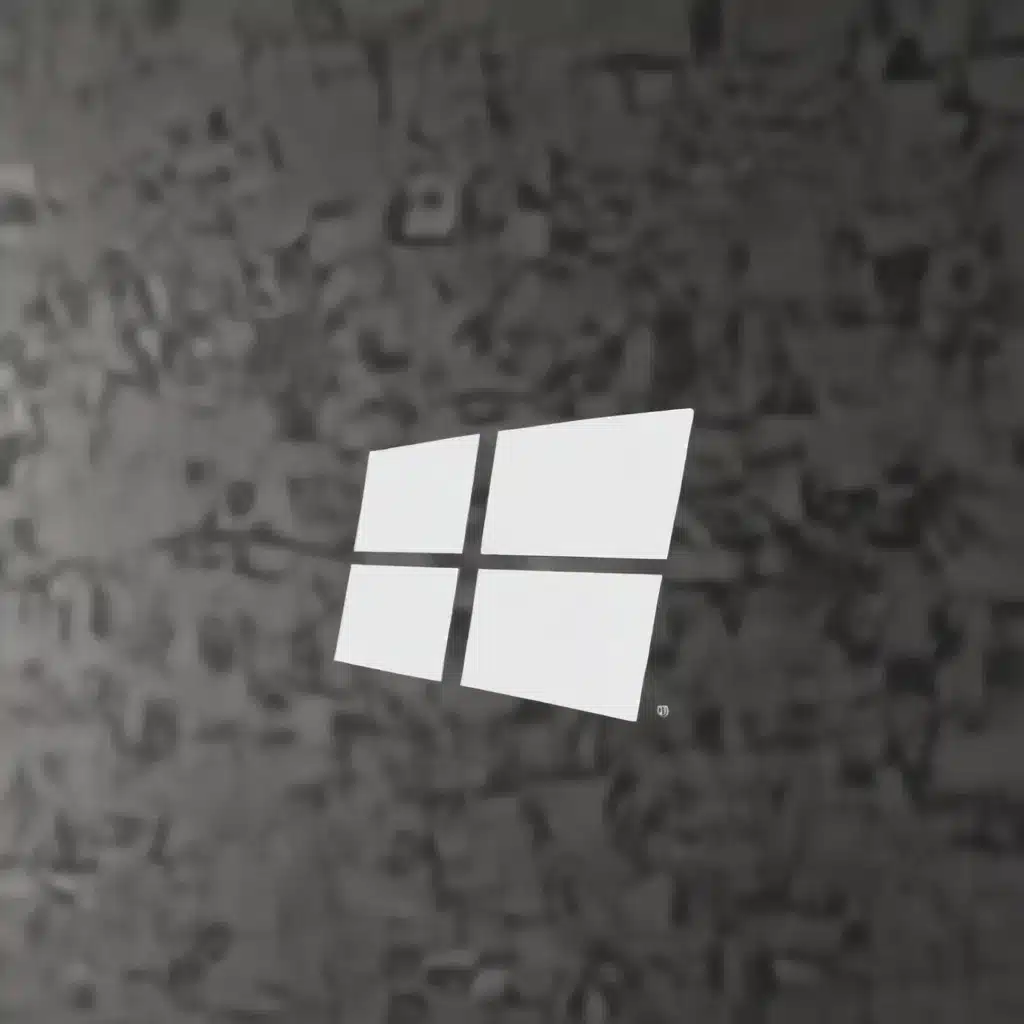Securing Your Digital Footprint: Best Practices in Network Security
As an experienced IT specialist, I’ve had the privilege of witnessing the remarkable evolution of network technology and the increasing importance of cybersecurity in our digital age. In this comprehensive guide, I’ll share my personal insights and practical strategies to help you navigate the complexities of network safety, ensuring the protection of your data and devices.
In today’s bustling digital landscape, the need for robust network security has never been more paramount. With the rise of sophisticated cyber threats, it’s crucial for both IT professionals and everyday users to understand the fundamentals of network safety and implement effective measures to safeguard their digital assets.
Laying the Foundation: Understanding Network Security Standards
At the core of network security lies a set of established standards and best practices that serve as the bedrock for protecting our digital infrastructure. Drawing from my experience, I’ve found that adhering to these standards is essential for maintaining a secure and resilient network.
One such standard that has been instrumental in my work is the Network Security Standard developed by the Rochester Institute of Technology (RIT). This comprehensive guideline outlines a range of security controls, from physical access restrictions to intrusion detection systems, that organizations should implement to mitigate network vulnerabilities.
By familiarizing yourself with these standards, you’ll be able to assess the strength of your own network security measures and identify areas for improvement. As an IT specialist, I’ve seen firsthand how adopting these guidelines can significantly enhance the overall protection of your digital ecosystem.
Fortifying Your Defenses: Cybersecurity Strategies for Users and Professionals
Cybersecurity is a multifaceted challenge that requires a holistic approach. As an IT professional, I’ve found that the most effective cybersecurity strategies encompass a combination of technological safeguards, user education, and proactive incident response.
One crucial aspect of network safety is the top 10 internet safety rules outlined by Kaspersky. These guidelines, ranging from managing your online privacy to exercising caution with downloads, serve as a valuable reference for both IT professionals and individual users.
By ensuring that your organization or personal devices adhere to these best practices, you can significantly reduce the risk of cyber threats, such as malware infiltration, data breaches, and social engineering attacks. As an IT specialist, I’ve witnessed firsthand the devastating consequences of neglecting these fundamental cybersecurity measures.
Empowering Users: Fostering a Culture of Cybersecurity Awareness
One of the most critical aspects of network safety that I’ve encountered in my work is the importance of user education and empowerment. Even the most sophisticated technological safeguards can be undermined by a single careless user action.
That’s why I’ve made it a priority to actively engage with users and instill a culture of cybersecurity awareness within the organizations I’ve supported. By providing comprehensive training, regular updates, and clear communication channels, I’ve been able to equip users with the knowledge and tools to become active participants in the network safety ecosystem.
The SRE Network’s Standards Implementation Toolkit serves as an excellent resource in this regard, offering guidance on establishing effective reporting procedures, implementing appropriate policies, and delivering targeted training programs. As an IT specialist, I’ve found that this holistic approach to user engagement is essential for maintaining the integrity of any network.
Navigating the Regulatory Landscape: Understanding Safety Standards and Best Practices
In addition to the network security standards and cybersecurity strategies I’ve discussed, it’s crucial to be aware of the broader regulatory landscape that governs the IT industry. As an experienced IT specialist, I’ve found that staying up-to-date with the latest safety standards and best practices can be a game-changer in ensuring the long-term viability and compliance of your network.
One such set of standards that has been instrumental in my work is the IAEA Safety Standards, which provide a comprehensive framework for ensuring the safety and security of nuclear-related technologies. While these standards may seem specific to the nuclear industry, many of the underlying principles and best practices can be readily applied to the broader IT landscape.
By understanding the regulatory requirements and best practices that govern your industry, you can proactively address potential vulnerabilities, mitigate risks, and position your organization as a leader in network safety. As an IT specialist, I’ve found that this holistic approach to safety and compliance has been crucial in maintaining the trust and confidence of our clients and stakeholders.
Embracing the Future: Technological Advancements and Their Impact on Network Safety
As an IT professional, I’ve had the privilege of witnessing the rapid advancements in technology that have transformed the way we approach network safety. From the emergence of cloud computing and the Internet of Things (IoT) to the increasing reliance on mobile devices, the digital landscape is constantly evolving, and with it, the challenges we face in safeguarding our networks.
One area that has been particularly fascinating to me is the role of artificial intelligence (AI) and machine learning (ML) in enhancing network security. These transformative technologies have the potential to revolutionize the way we detect, respond to, and mitigate cyber threats, enabling us to stay one step ahead of even the most sophisticated attackers.
As I’ve explored the integration of AI and ML into network security solutions, I’ve been struck by the profound impact these innovations can have on the IT industry. By automating the detection and response to security incidents, these technologies can free up valuable time and resources for IT professionals, allowing us to focus on more strategic initiatives and proactive risk management.
Embracing the Future: Technological Advancements and Their Impact on Network Safety (continued)
Moreover, the rise of cloud-based security solutions has introduced new opportunities for enhancing network safety. By leveraging the scalability and flexibility of the cloud, organizations can now access enterprise-grade security tools and services without the need for extensive on-premises infrastructure. This has been particularly beneficial for small and medium-sized businesses that may have limited IT resources.
As an IT specialist, I’ve been excited to witness the ways in which technological advancements are reshaping the network safety landscape. By embracing these innovations and staying ahead of the curve, we can not only protect our digital assets but also unlock new possibilities for innovation and growth.
Conclusion: Empowering IT Professionals and Users in the Digital Age
In conclusion, navigating the complexities of network safety is a multifaceted challenge that requires a holistic approach. As an experienced IT specialist, I’ve learned that the key to success lies in a combination of adherence to established standards, the implementation of effective cybersecurity strategies, the fostering of a culture of user awareness, and the embrace of technological advancements.
By sharing my personal experiences and insights, I hope to have empowered both IT professionals and everyday users with the knowledge and tools necessary to safeguard their digital footprint. Remember, network safety is not just an IT concern – it’s a responsibility that we all share in the ever-evolving digital age.
I encourage you to revisit the resources and best practices outlined in this guide, and to continuously adapt your approach as the landscape of network safety continues to shift. Together, we can work towards a future where our digital lives are secure, resilient, and empowered by the transformative power of technology.
If you’re looking for more information or support on IT Fix and network safety, be sure to visit our website at https://itfix.org.uk/malware-removal/. Our team of experienced IT specialists is always here to assist you in navigating the complexities of the digital world.












